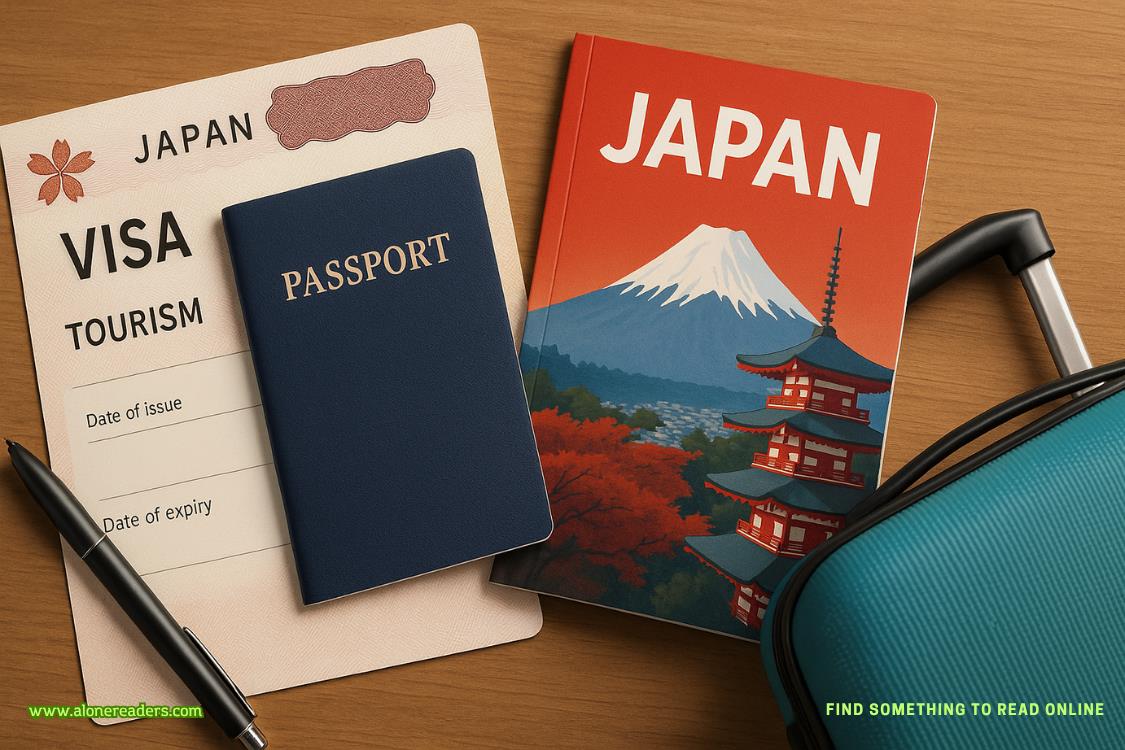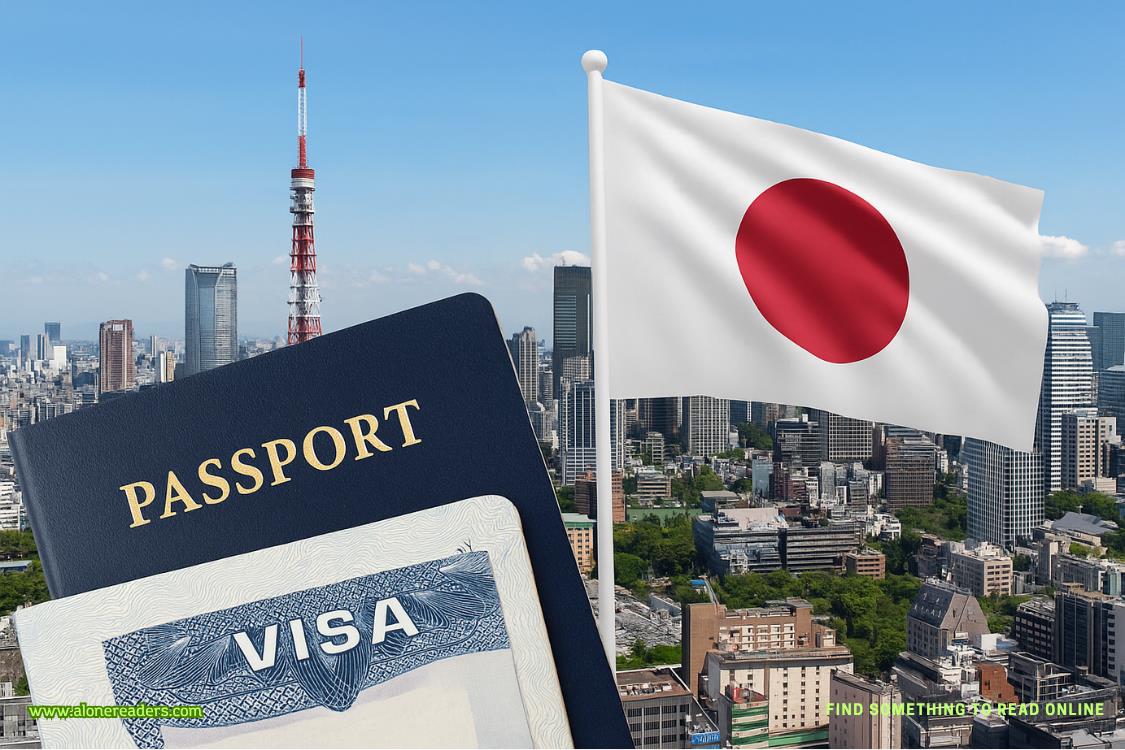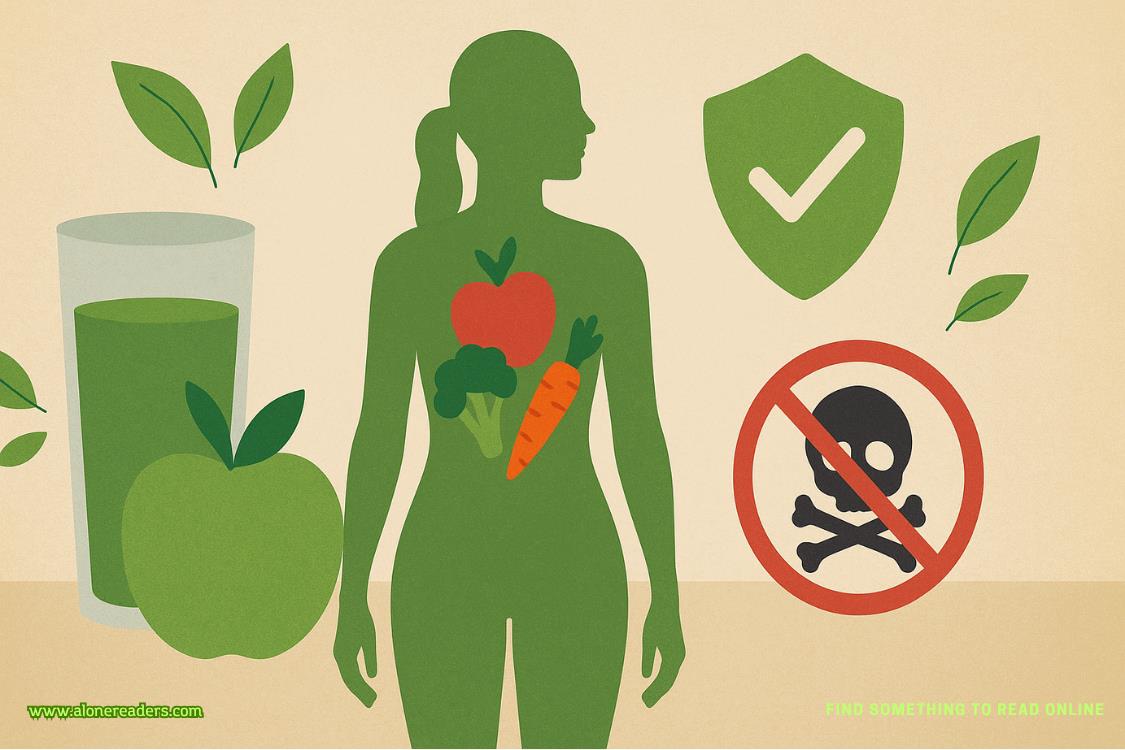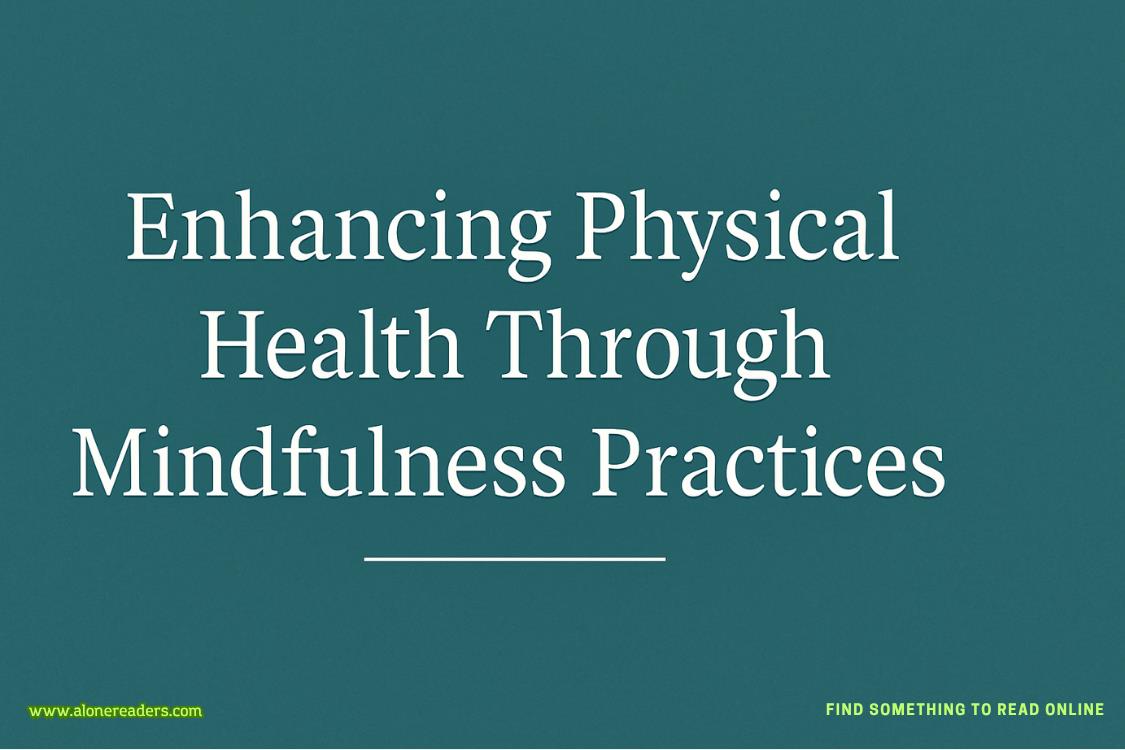Page 111 of Hawaii Can Suck It
Page List Listen Audio
It looms proudly and defiantly behind the skeletal remains of the Old Lahaina Courthouse. The behemoth, with its massive trunk and sprawling limbs, once boasted a canopy spanning nearly an acre. Now diminished by the scars of fire, large sections of its once-lush foliage are gone, branches blackened and twisted. Yet somehow, against all odds, green shoots emerge from the less-damaged areas—life finding a way in the face of devastation.
“It’s a symbol of hope and resilience,” I murmur reverently.
“You’re right. And you just discovered the start of our story.” Her confident gaze locks on to mine, seeping into my soul. “Let’s dive in. I want to get some sweeping wide shots and drone footage of the town.”
For hours, we work together filming different areas, moving through the ruins of Lahaina as if we’re documenting a war zone. Which, in a way, we are—Mother Nature’s war against this historic town. With each new location, Cam becomes more and more of a different person, someone I’ve not fully seen before.
“See how this shot captures both the ruins and the ocean behind them?” She points to the viewfinder. “That contrast tells a story without saying a word. Paradise and destruction in the same frame.”
I nod, absorbing her words like the student I am today.
We move to a different spot where an elderly man is sorting through what’s left of his shop. Cam approaches him with gentleness, explaining what we’re doing. To my surprise, he agrees to talk.
“For intimate moments like this,” she whispers to me, “we need close-ups. They reveal emotion, vulnerability—the human element that connects viewers to the story.” She demonstrates, focusing tightly on the man’s weathered hands as he holds a charred photo frame, the one and only item he could recover from his business of thirty years.
Later, as we’re filming B-roll along what once was a main thoroughfare, Cam sighs in frustration.
“I’d like to do a tracking shot that follows the length of the street, showing the progression of damage,” she explains, “but I don’t have a dolly or any of the proper equipment.”
I scan our surroundings, eyes landing on an abandoned skateboard propped against a partially standing wall. I hold it up triumphantly.
“How about a DIY solution? You sit on this, I’ll pull you, and you can get your shot.”
Her eyebrows shoot up. “That could work.”
I position the skateboard on the smoothest part of the road, and Cam sits down, camera balanced carefully in her hands. “Ready when you are, chauffeur.”
“Hold on tight.” I grab the front of the board and begin walking backward, pulling her along as smoothly as I can. She watches through the viewfinder, hands steadying it despite the bumpy ride.
“Great!” she calls out. “Just like that! Keep this pace!”
There’s a stupidly satisfying rush in helping her nail the scene—backing her vision instead of forcing mine. When we finish the tracking shot, she turns to me, all lit up and grinning, and I’m wrecked. I feel pride, sure, but there’s something deeper, something I’m not ready to name.
I thought I knew Camila Morales. I didn’t. I only knew the version who pointed a camera at me. But this woman? She’s a freaking revelation.
***
“Perfect—nowholdthatangle.I need to frame the shelter with the mountain in the background,“ Cam instructs, her body bent slightly forward in concentration.
I hold the reflector panel and do my best impression of a statue. “Almost done?”
“Don’t move. At all. And no breathing!”
Sweat trickles down my spine, dampening my ridiculous women’s cargo pants that have squeezed my junk into oblivion. “You realize I’m not a tripod, right? I have basic human needs like blinking and eventually rescuing my balls from the chokehold of these pants.”
“Quit fidgeting,” Cam whispers, not looking away from her viewfinder. “You’re making the light bounce.”
“I’m not fidgeting. I’m adjusting this fabric sauna. Totally different.”
We’re standing outside a metal box masquerading as a home—a FEMA-issued temporary housing unit. I don’t know what I was expecting. It’s a single-room structure, one of a dozen crammed into a repurposed elementary school parking lot. The walls are thin. The roof is corrugated metal, the kind that turns a storm into a percussive nightmare. A clothesline is strung between two trees, kids’ T-shirts and towels swaying in the breeze.
This is home for the Akana family now.
Kai really came through with this connection. He didn’t simply hand us some random contact—he sent us to his actual longtime friends. Pono and Hina Akana weren’t just homeowners. They owned a gem among Lahaina’s most beloved family businesses: Paradise Burger Hut, right on the waterfront. From what Kai told us, it was a local staple—a place where you could grab the best beach burger in town and people knew your name.
They lost everything.
Their restaurant and their home. Their kids have been uprooted, their employees—who were basically family—are struggling, and they’re drowning in bureaucratic bullshit, working out whether they evencanrebuild.
- Triumphant Kings by Alisha Williams
- Nothing to Beat by Scarlett Finn
- Marked by the Protective Biker by Hope Ford
- Boys Who Taint by Clarissa Wild
- What's Left of Us by H.N. DeFore
- Over the Moon by Laura Pavlov
- You, Me, and Forever by Laura Pavlov
- My Silver Lining by Laura Pavlov
- Savagely Mated by Loki Renard
- Bred By the Cowboy by Krista Ames
- Hooked On Seth by Krista Ames
- An Unexpected Twist by Krista Ames
- Rescuing Alix by Krista Ames
- Playing With His Heart by Krista Ames
- In Too Deep by Juwell Mcglown
- Flynn by Luna Maree







